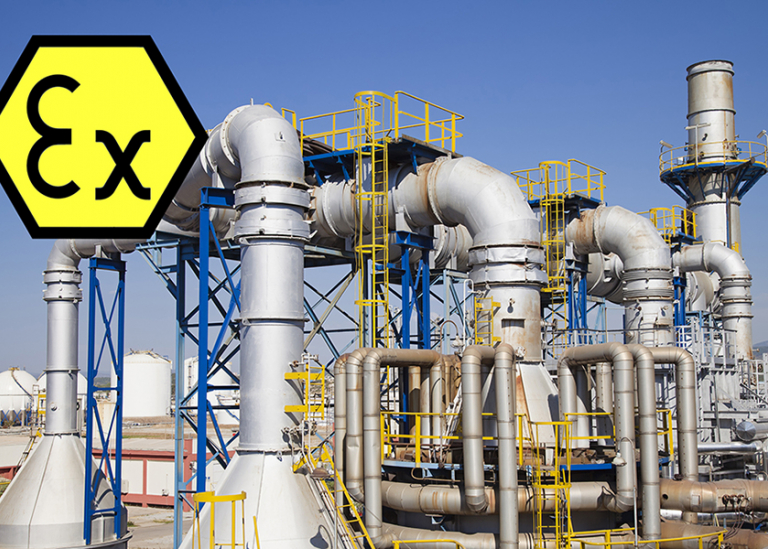Chemistry - Process monitoring
Chemical processes usually take place in reactors. To monitor and adjust or secure a process, numerous measurements and analyses are carried out inline or online.
ELSCOLAB has a large number of such analysers and sensors!
pH/ORP – Conductivity – Turbidity – Refractive index – Photometry – Spectrometry – Concentration – Gas analysis – Pressure – Temperature – Viscosity – Dry matter – Raman – Colour
Extreme conditions
Production processes often involve harsh or extreme conditions. High temperature or pressure is not unusual. The products themselves may be harmful or dangerous. They often cause corrosion and attack materials. The sensors and analysers must be able to function properly under all conditions and be available for maintenance and calibration.
ATEX zone
In some cases an explosive atmosphere can form in the reactors or the surrounding area. Sensors and equipment installed in such an ATEX zone must have the correct certificate. Most ELSCOLAB devices comply with the ATEX directive.
Assembly & Installation
Sensors can be mounted in the production process in various ways.
Top mounting
The sensors are mounted with a submersible probe of the desired length with a flange through the lid of the reactor. The fixtures are made from various metals or plastics. In some cases the submersible probe can be equipped with a spray system for automatic cleaning.
Wall mounting
Installation through the wall of the reactor. Often with a flange, sometimes also screwed. Always available in different materials. An interesting option for installation through the tank wall is a changeover probe or "retractable probe". This allows the sensor to be manually or pneumatically taken in and out of the process without the reactor having to be empty. The pneumatic versions open the door to further automation for cleaning and/or calibration.
Inline
The sensor or analyser is placed in a (circulation) pipe. This installation can also be screwed or flanged mounted. A bypass or branch line of a smaller diameter is often placed on the pipe. The sensors are then usually placed in a flow-through cell, with the option of periodic automatic cleaning.
More information?
